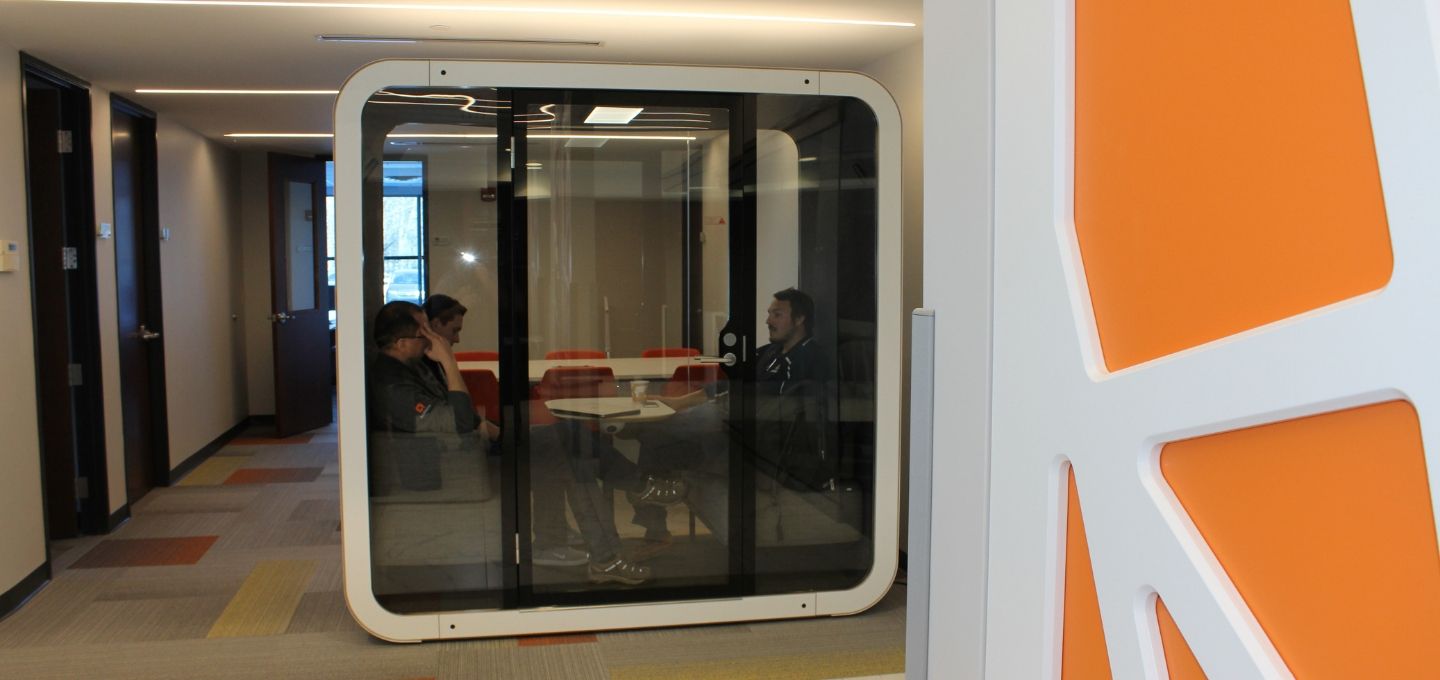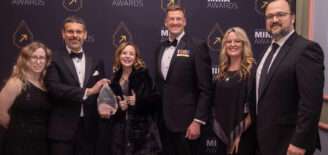Six key practices of a successful innovation team
In early 2016, Allegion CIO Tracy Kemp put together a diverse team of technologists from across the organization with the mission of challenging the way IT operates. Originally called the Innovation and Rapid Response team, our objectives were to execute proofs of concept and build prototypes that de-risk larger future technology investments, operate with the agility to immediately react to changing business needs and, most importantly, help cultivate an innovative culture across Allegion. Later, we adopted the name “Team3” to give us a unique identity.
I have the privilege of leading Team3, which was initially a small, nimble team of only five. Over time, the team has grown and changed as we have learned. Though our team continues to evolve, I have identified six key practices that I believe greatly contribute to our success, and you could use to create a Team3 in your own organization.
#1: Rely on Guiding Principles
As a team, we look to the innovation behaviors defined in The Innovator’s DNA as our guiding principles. The innovation behaviors are identified as: Observing, Questioning, Experimenting, Networking and Associating. The main idea is that innovation is not a natural ability that one is born with, but instead a skill that can be learned, practiced and improved. By tying all of our activities back to one of these behaviors, we can be sure that we focus on building our skills as innovators.
#2: Reserve Time for Innovation Mondays
The idea of “Innovation Monday” first originated from Quicken Loans’ CIO. In most companies, innovation time is set aside for Friday. However, by Friday, you are most likely exhausted from the stress of the week or trying to wrap up those tasks that took a little longer than expected – leaving your mind in no condition to innovate. “Innovation Monday” suggests starting the week with innovation time, when your mind is fresh from the weekend and you don’t have the burden of the week wearing you down.
Team3 uses Monday mornings as an opportunity for shared experiences. Together, we learn something new, brainstorm a sticky problem or conduct improv and creativity exercises. This is an opportunity to practice the innovation behaviors and create psychological safety within the team. No one should be afraid to ask questions or give honest feedback. A team that practices situations that take them out of their comfort zone won’t be afraid to go there on a real project, too.
#3: Take Intelligent Risk
Popular innovation thought leadership tells us not to be afraid to fail; we should celebrate our failures. But not all failure is good failure. It’s not the failure that should be celebrated but the learning that results. If you don’t retrospectively look at your endeavors, you risk repeating the same mistakes. And this path never leads to success.
I often remind my team of my three rules of risk: Don’t take risks with customer data; don’t take risks with people’s safety; and don’t spend any more money than necessary on a risky idea. While this may be an oversimplification, what it really distills down to is taking intelligent risks.
#4: Collaborate Incessantly
If Team3 is responsible for all innovation at Allegion, we will fail. Instead, one of our objectives is to help all of Allegion be more innovative. Collaboration allows us to help brilliant people across the organization to develop their ideas.
Early in the evolution of Team3, we made many references to being a Skunkworks team – Lockheed Martin’s innovation team that set themselves apart and shunned corporate bureaucracy to work with maximum autonomy. In hindsight, I think this characterization was a mistake for Team3. While this might work for some product development, as an IT team, we can only be successful working within the system and challenging Allegion processes to be more efficient. Thus, we actively seek out the help and support of others. In addition to internal partners, we also work within Indiana’s thriving tech community to learn new techniques and perspectives on innovation.
#5: Tell the Stories
Successful innovation requires a culture change, and the way to propel that change is to share inspiring stories of success and educate through the learning moments of failure. With today’s influence of the creator movement online, we believe we can tell stories that reflect our passion, inspire others and straddle the line between guerilla marketing and professional productions. We have leveraged video, podcasting and blogging for both internal and external communications to demonstrate what is possible with authentic content and very little investment.
#6: Evolve
Team3 was never meant to be static. As we have experimented and learned, we have realized that we must develop certain capabilities for Allegion to continue evolving as a technology-driven company.
Team3 has spawned new teams that target key capabilities, and some members have moved on to lead other parts of the organization and spread the culture of innovation. Continuously evolving is necessary to spread what we’ve learned throughout the organization and also bring in new insights and perspectives to keep us fresh and relevant.
We haven’t gotten everything right every step of the way. Not even close. Team3 has made mistakes as it has matured. But as I look back, I believe these six practices helped and will continue to help us navigate the tricky road of innovation. Did I know them going in? Absolutely not. We needed a team with the willingness to take some risks, and leadership that would give us the flexibility to experiment until we got it right. At Allegion, we found just that.




